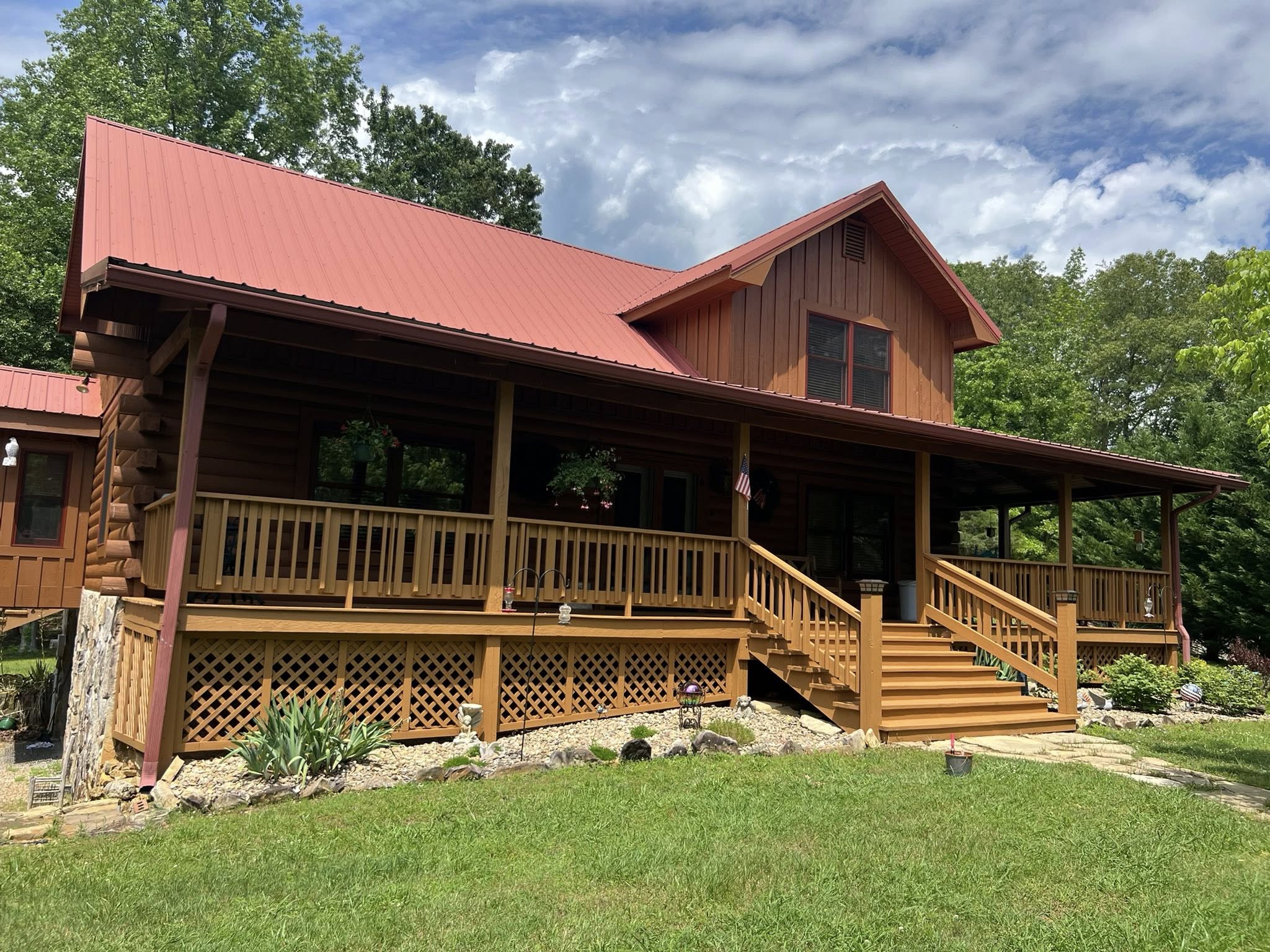
Color Psychology: How Paint Choices Affect Your Home's Ambiance Sep 16, 2025
When considering color psychology, it's crucial to understand the moods and emotions each color can evoke. Let's explore some common colors and how they can influence the atmosphere of your home.
Blue is often associated with calmness and serenity, making it an excellent choice for bedrooms and bathrooms. It has a relaxing effect, which can help reduce stress and create a peaceful environment. Lighter shades of blue can make a room feel airy and open, while darker blues can add a sophisticated touch without feeling too imposing.
On the other hand, red is a color that demands attention. It can increase energy levels and stimulate conversation, making it ideal for social areas such as dining rooms or living rooms. However, because red is such a bold choice, it might be best used as an accent color or in spaces where you don't mind a more dynamic atmosphere.
Yellow is a cheerful color that is linked to happiness and optimism. It can add warmth to a space and make it feel welcoming. Consider using soft, buttery shades in kitchens or breakfast nooks to create a bright, sunny vibe. However, be cautious with intense yellows, as they can overwhelm and lead to feelings of agitation if overused.
Green is versatile and can suit almost any room in your house. It represents nature and tranquility, making it an excellent choice for living rooms and bedrooms. Use muted tones for a calming effect or go for a vibrant green to invigorate a home office. Green is also known to decrease stress, making it a perfect backdrop for relaxation and focus.
Neutral colors like beige, gray, and white offer flexibility and can create a sense of balance and calmness. These shades work well as a base, allowing you to incorporate bolder accents without overwhelming the space. Neutrals can make a room seem larger and keep the atmosphere serene and unobtrusive.
When choosing paint colors for your home, remember that lighting can alter how a color looks in your space. Test samples in different lighting conditions to see how they change throughout the day. Natural light can enhance warm colors, while cooler colors might be better suited for rooms with limited natural light.
As you plan your next painting project with Second Generation Painting, consider how the colors you love can be used to enhance your home's ambiance. Our experienced team can help you select the perfect shades that reflect your personality and meet your functional needs.
In conclusion, color psychology is a powerful tool in improving the mood and feel of your home. By choosing the right colors, you can create spaces that promote relaxation, productivity, or social interaction. At Second Generation Painting, we are here to support you in every step of your color journey, ensuring your home reflects the ambiance you desire.
/filters:no_upscale()/media/39ad8e36-1f9b-4f7b-ba03-de43390ff2e9.jpg)
/filters:no_upscale()/filters:format(webp)/media/3e33d3fd-4431-4956-a98b-a74f13b3b3af.jpg)